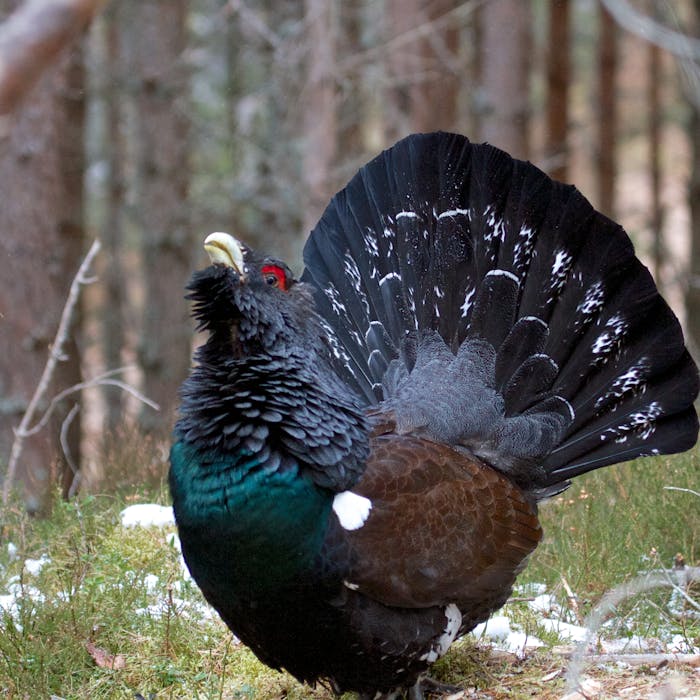
The Capercaillie - an elusive Scottish bird in danger of extinction
The capercaillie is the largest member of the grouse family, and a well-known iconic Scottish species. It is also found across Europe and the near Arctic.
These heavy and impressive birds were hunted to extinction, but became the first species to be deliberately reintroduced into the UK, brought from Sweden in 1837.
However, NatureScot, the government conservation agency, has warned that at the present rate of decline the capercaillie could again become extinct in the UK in two to three decades.
This primarily-ground-dwelling forest grouse is renowned for its courtship display. The dark-plumed males are nearly twice the size of females.
During breeding season, male capercaillie put on a flamboyant display known as a “lek”: with wings pointed down, tail flared and beard bristling, he emits a series of gurgles and wheezes interspersed with cork popping sounds. If there is more than one male nearby, fights can break out, sometimes causing serious injury and even death.
Females lay between 5 and 12 eggs in a nest on the ground and look after the chicks, without the male, during the summer. These family units then join larger groups of birds in the autumn.
The Gaelic name for this species, capall-coille, means ‘horse of the forest’.
Further reading
Links to external websites are not maintained by Bite Sized Britain. They are provided to give users access to additional information. Bite Sized Britain is not responsible for the content of these external websites.
